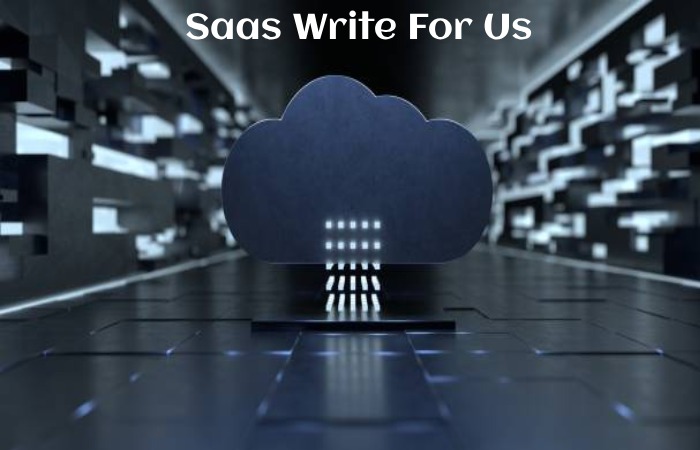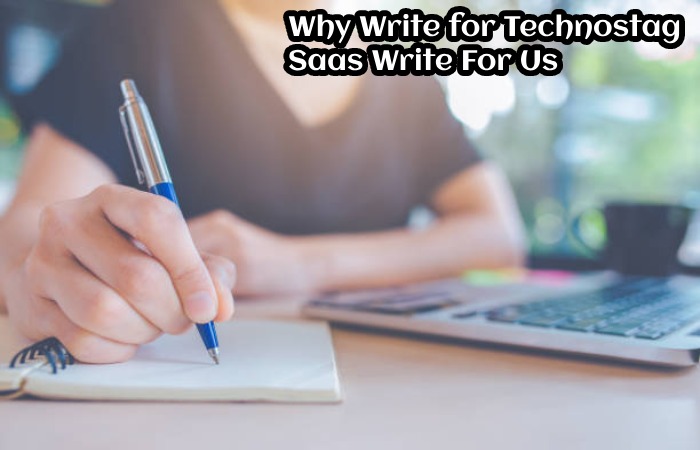Saas Write For Us

Basically, Software as a service (or SaaS) is a way of make over applications over the internet—as a service. Instead of establishing and maintaining software, you simply entry it through the Internet, releasing yourself from compound software and hardware administration.
SaaS applications are sometimes knowns as Web-based software, on-demand software, or host software. Whatever the name, SaaS applications run on a SaaS supliers servers. The provider manages accesses to the application, including security, availability, and performance.
Today SaaS is the most mutual public cloud computing service and the dominant software delivery a model. Much of the software that workforces use, from regular tools like Slack or messaging and Dropbox for the file storage and sharing to core business app such as enterprise resource planning (ERP) and human resources or workforce optimization stages, is delivered via the SaaS model.
How to submit your article at Technostag?
To submit your article at technostag.com , you can send an email or pitch us at contact@technostag.com.
Why Write for Technostag – Saas Write For Us

- Writing for Technostag can give massive exposure to your website for customers looking for Saas.
- Technostag presence is on Social media and will share your article for the Saas related audience.
- You can reach out to Saas enthusiasts.
Terms Related to Saas Write For Us
- Software Licensing
- Delivery
- Software
- Subscription
- Hosted
- Cloud Computing
- Infrastructure As A Service
- Platform As A Service
- Desktop As A Service
- Mobile Backend As A Service
- Integration Platform As A Service
- Users
- Web Browser
- Customer Relationship Management (CRM)
- Management Information Systems (MIS
- Enterprise Resource Planning (ERP
- Invoicing, Field Service Management
- Human Resource Management (HRM)
- Talent Acquisition
- Learning Management Systems
- Content Management (CM)
- Geographic Information Systems (GIS)
Search Terms Related to Saas Write For Us
- Saas Write For Us
- Saas Guest Post
- Saas Submit Post
- Saas Contribute Post
- Submit An Article Saas
- Saas Write For Us
- Saas Guest Post
- Saas Submit Post
- Saas Contribute Post
- Saas Suggest A Post
- Saas + Write For Us
- Saas + Guest Post
- Saas + Submit Post
- Saas + Contribute Post
- Saas Guest Author
- Write For Us + Saas
- Guest Post + Saas
- Submit Post + Saas
- Contribute Post + Cloud computing
- Writers Wanted Company
- Write For Us Software development
- Guest Post Computer Security
- Submit Post Web application
- Contribute Post Advertising agency
- Become A Guest Blogger Technology
Article Guidelines on Technostag – Data Analytics Write For Us
- We at Technostag welcomes fresh and unique content related to Data Analysis.
- Technostag allow a minimum of 500+ words related to Data Analysis.
- The editorial team of Technostag does not encourage promotional content related to Data Analysis.
- For publishing article at Technostag email us at contact@technostag.com.
- Technostag allows articles related to Latest Technology, Gadgets, Artificial Intelligence, Gaming, Start-Up, Cyber Security and many more
Related Pages
Gadgets Write For Us
Machine Learning Write For Us
Digital Marketing Write For Us
Anti Virus Write For Us
Gaming Write For Us
E-commerce Write For Us
Software Write For Us
Data Analysis Write For Us
